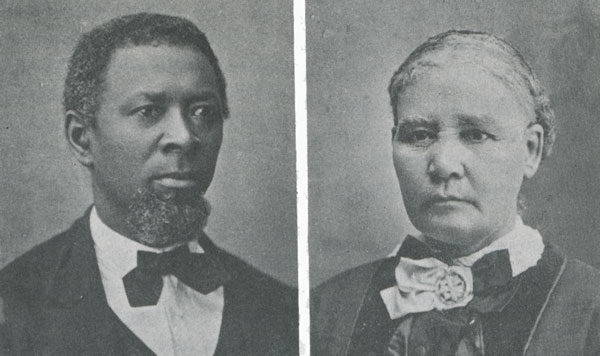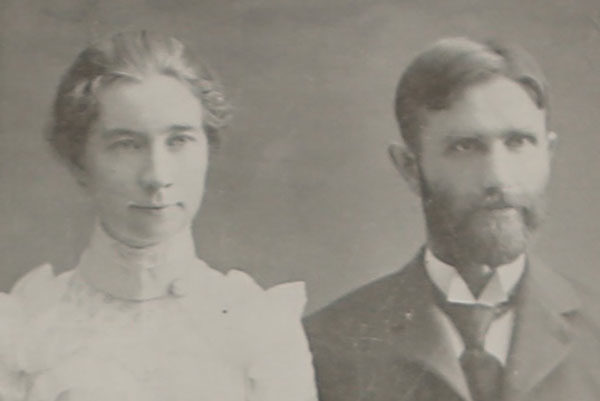11 Sep Jim Bolich Appointed Director of Ministerial Licensing
Bishop Todd Fetters
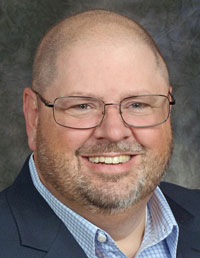 On September 5, Rev. Jim Bolich (right) began serving as our denominational Director of Ministerial Licensing. He will continue pastoring the Prince Street church in Shippensburg, Pa., but will carve out 5-10 hours a week for this additional role. This person chairs the Pastoral Ministry Leadership Team, which oversees a range of responsibilities regarding the education, licensing, and stationing of United Brethren ministers.
On September 5, Rev. Jim Bolich (right) began serving as our denominational Director of Ministerial Licensing. He will continue pastoring the Prince Street church in Shippensburg, Pa., but will carve out 5-10 hours a week for this additional role. This person chairs the Pastoral Ministry Leadership Team, which oversees a range of responsibilities regarding the education, licensing, and stationing of United Brethren ministers.
When I was appointed Interim Bishop in 2015, one of my first staffing responsibilities was to secure a Director of Ministerial Licensing. Gary Gates had been serving in that role since 2010, while also pastoring the South Scipio UB church in Harlan, Ind. I asked Gary, who was then retiring as pastor, to continue as Director of Ministerial Licensing for another year. It turned into a second year.
On August 31, 2017, Gary Gates (right) completed his work with the United Brethren in Christ as Director of Ministerial Licensing. He did a fantastic job in that role. In addition to solidifying and simplifying our complex system for licensing, he introduced the UB Ministerial Association, the regional UB History Courses, the provisional license, and other new elements. More significantly, he helped us get a firm handle on where United Brethren men and women were in the licensing process, and shepherded them toward furthering their education and pursuing ordination.
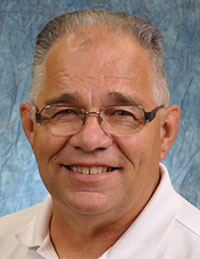 Gary’s departure is bittersweet for me. He has been a kind, supportive mentor during these past two years. On the other hand, we will welcome a new team member whom Gary and I both believe will fulfill the role well. Jim Bolich has served at three United Brethren churches in Pennsylvania since 1995—seven years in two associate positions, and since 2002 as senior pastor of Prince Street UB church (Shippensburg, Pa.).
Gary’s departure is bittersweet for me. He has been a kind, supportive mentor during these past two years. On the other hand, we will welcome a new team member whom Gary and I both believe will fulfill the role well. Jim Bolich has served at three United Brethren churches in Pennsylvania since 1995—seven years in two associate positions, and since 2002 as senior pastor of Prince Street UB church (Shippensburg, Pa.).
Thanks to Gary Gates, the licensing procedures are running efficiently and will only need tweaked from time to time. Now it’s time to focus attention on our stationing system. That’s the mission I’ve given Jim—to think through, refine, and update the process which the bishop, cluster leaders, and local church leaders use to station senior pastors. Jim has the organizational mind and the administrative skills to meet the challenge.
Join me in saying “Goodbye” to Gary (and Rebecca Gates), and saying “Hello” to Jim (and Janet) Bolich – two treasured ministry couples.

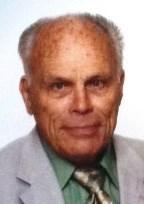

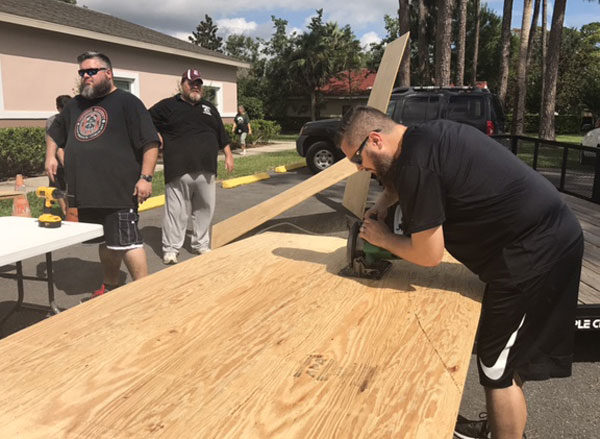
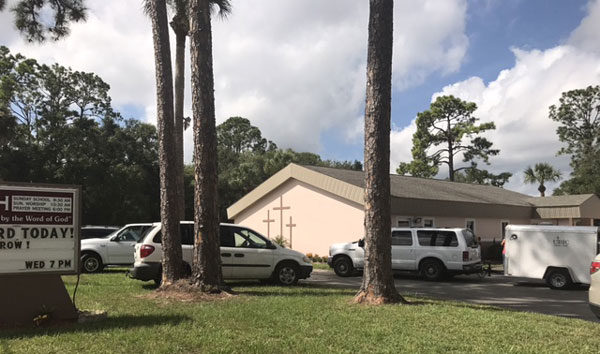
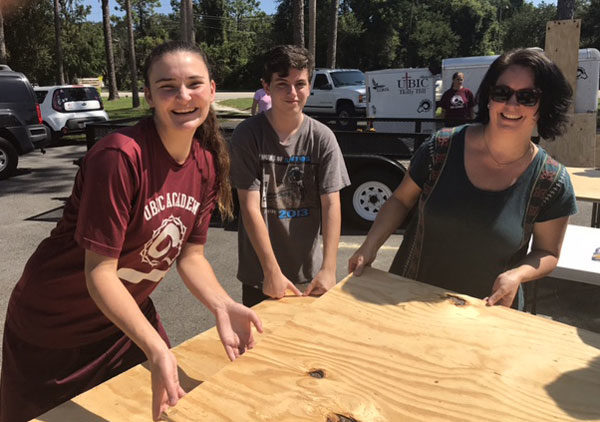
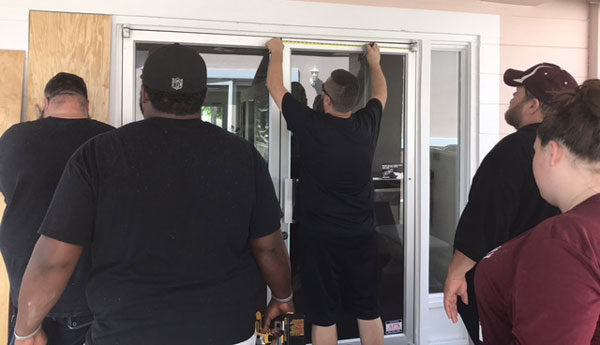


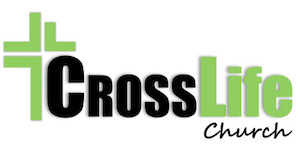 Infused with a fresh sense of life and eager to re-engage with the community, conversations of re-launch and name change began among the revitalized congregation. Fairchild was formally stationed as the senior pastor and worked in partnership with denominational leaders to prepare for a re-launch.
Infused with a fresh sense of life and eager to re-engage with the community, conversations of re-launch and name change began among the revitalized congregation. Fairchild was formally stationed as the senior pastor and worked in partnership with denominational leaders to prepare for a re-launch.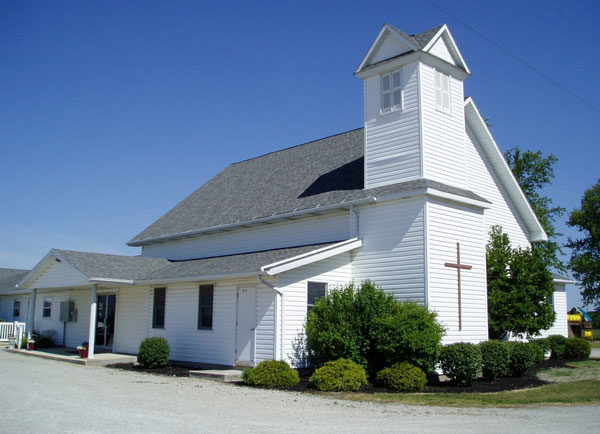
 The sanctuary renovation is the first major renovation of the sanctuary since it was repaired after a storm in 1948. “The goal of this renovation is more than just modernization,” says Pastor Kennedy (right). “With the changes that have been made, we are equipped for future growth in order that we might meet the needs of both today’s and tomorrow’s generations and better serve the surrounding community for many years to come.”
The sanctuary renovation is the first major renovation of the sanctuary since it was repaired after a storm in 1948. “The goal of this renovation is more than just modernization,” says Pastor Kennedy (right). “With the changes that have been made, we are equipped for future growth in order that we might meet the needs of both today’s and tomorrow’s generations and better serve the surrounding community for many years to come.”